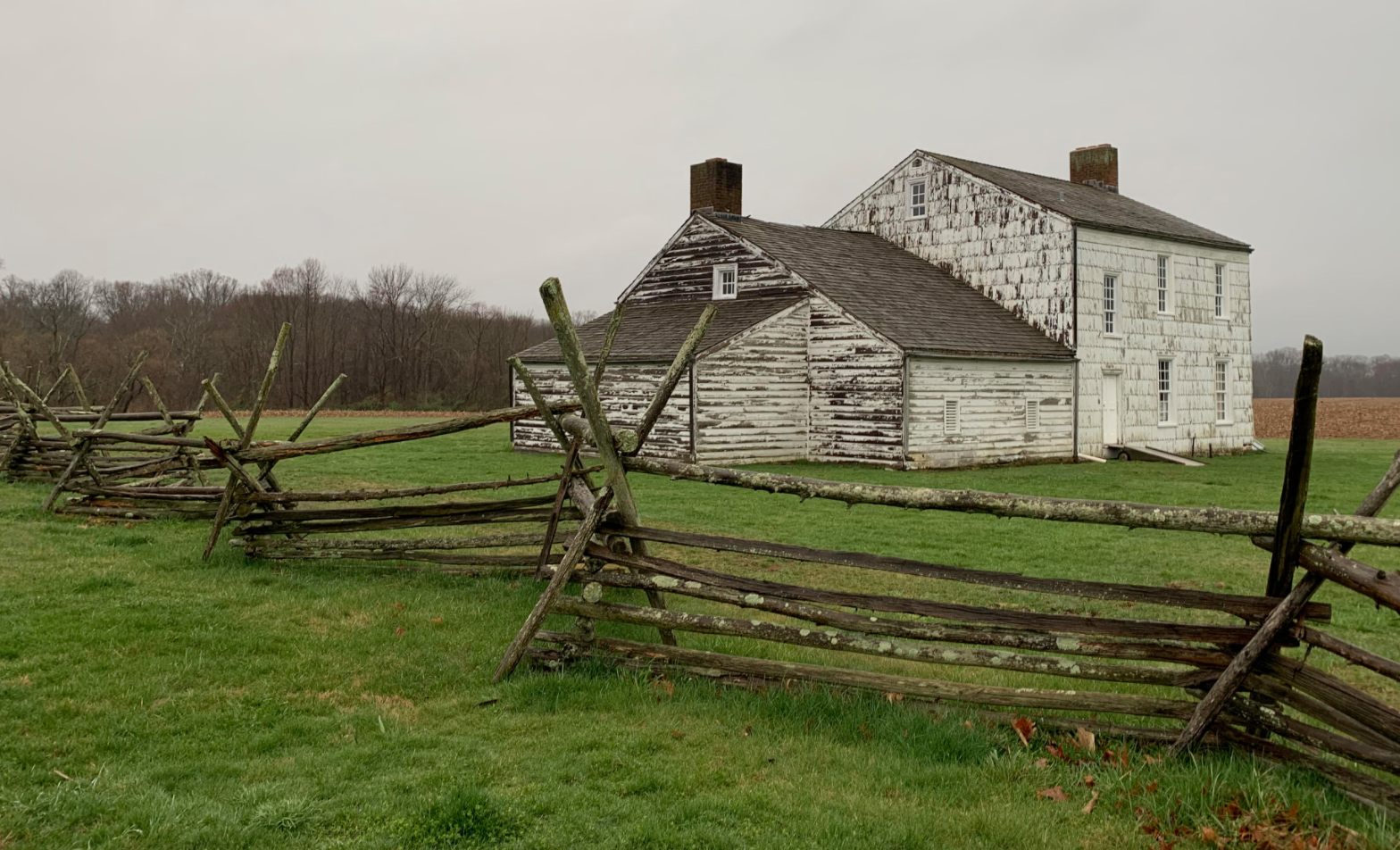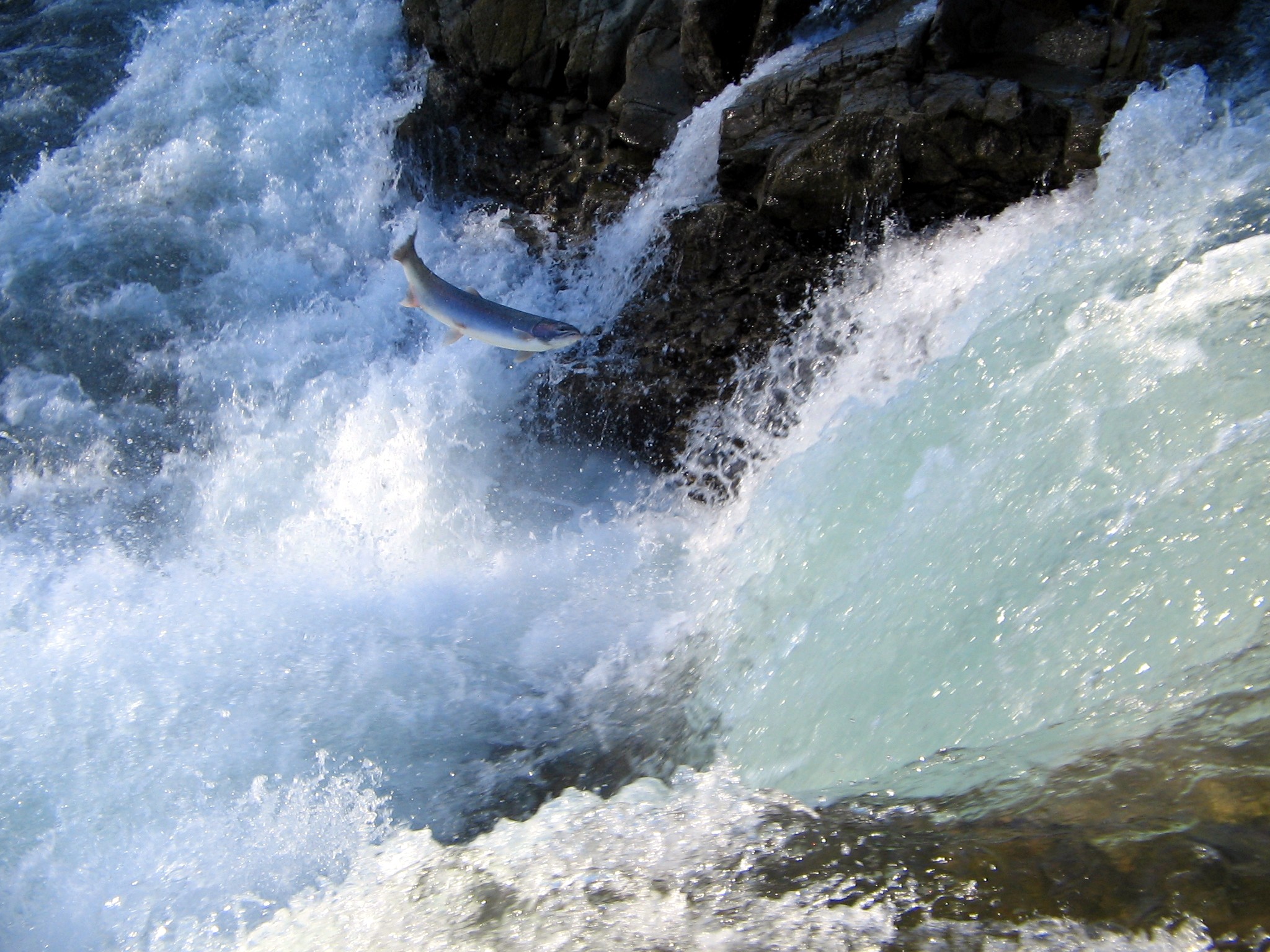|
Wreck Pond
Wreck Pond is a coastal freshwater tidal pond located on the coast of the Atlantic Ocean in Monmouth County, New Jersey, United States. It is surrounded by Wall Township and the boroughs of Spring Lake, Spring Lake Heights, and Sea Girt. The pond was originally connected to the sea by a small inlet and got its name because sailors would mistake it, in the dark, for the Manasquan Inlet, which is further south. This was alleviated by the building of the Sea Girt Lighthouse and stopped by the eventual filling in of the inlet. The pond is the center of the Wreck Pond Watershed, which covers about in eastern Monmouth County. Its primary feeder streams are Wreck Pond Brook, Hurleys Pond Brook and Hannabrand Brook. Other bodies of water in the watershed include: Hurleys Pond, Osbornes Pond, Albert Pond and Old Mill Pond. It emptied into the Atlantic Ocean through an outfall pipe which regulates the tidal flow in and out of the pond. After Hurricane Sandy, it was discovered that t ... [...More Info...] [...Related Items...] OR: [Wikipedia] [Google] [Baidu] |
Monmouth County, New Jersey
Monmouth County () is a county located in the central portion of the U.S. state of New Jersey. It is bordered to its west by Mercer and Middlesex Counties, to its south by Ocean County, to its east by the Atlantic Ocean, and to its north by the Raritan Bay (sharing a border with the boroughs of Staten Island, Brooklyn, and Queens in New York City, across it). Monmouth County's geographic area comprises 30% water. The county is part of the Jersey Shore region of the state. It has also been categorized under the Central Jersey region, though it was not among the four counties explicitly listed as included in Central Jersey as part of legislation signed by Governor Phil Murphy into law in 2023. As of the 2020 United States census, the county was the state's fifth-most-populous county [...More Info...] [...Related Items...] OR: [Wikipedia] [Google] [Baidu] |
Hurricane Sandy
Hurricane Sandy (unofficially referred to as Superstorm Sandy) was an extremely large and devastating tropical cyclone which ravaged the Caribbean and the coastal Mid-Atlantic (United States), Mid-Atlantic region of the United States in late October 2012. It was the largest Atlantic hurricane on record as measured by diameter, with tropical-storm-force winds spanning . The storm inflicted nearly US$70 billion in damage (equivalent to $ billion in ), and killed 254 people in eight countries, from the Caribbean to Canada. The eighteenth Tropical cyclone naming, named storm, tenth Atlantic hurricane, hurricane, and second major hurricane of the 2012 Atlantic hurricane season, Sandy was a List of Category 3 Atlantic hurricanes, Category 3 storm at its peak intensity when it made landfall in Cuba, though most of the damage it caused was after it became a Category 1-equivalent extratropical cyclone off the coast of the Northeastern United States. Sandy developed from a tro ... [...More Info...] [...Related Items...] OR: [Wikipedia] [Google] [Baidu] |
Lakes Of Monmouth County, New Jersey
A lake is often a naturally occurring, relatively large and fixed body of water on or near the Earth's surface. It is localized in a basin or interconnected basins surrounded by dry land. Lakes lie completely on land and are separate from the ocean, although they may be connected with the ocean by rivers. Lakes, as with other bodies of water, are part of the water cycle, the processes by which water moves around the Earth. Most lakes are fresh water and account for almost all the world's surface freshwater, but some are salt lakes with salinities even higher than that of seawater. Lakes vary significantly in surface area and volume of water. Lakes are typically larger and deeper than ponds, which are also water-filled basins on land, although there are no official definitions or scientific criteria distinguishing the two. Lakes are also distinct from lagoons, which are generally shallow tidal pools dammed by sandbars or other material at coastal regions of oceans or large la ... [...More Info...] [...Related Items...] OR: [Wikipedia] [Google] [Baidu] |
Dredging
Dredging is the excavation of material from a water environment. Possible reasons for dredging include improving existing water features; reshaping land and water features to alter drainage, navigability, and commercial use; constructing dams, dikes, and other controls for streams and shorelines; and recovering valuable mineral deposits or marine life having commercial value. In all but a few situations the excavation is undertaken by a specialist floating plant, known as a dredger. Usually the main objectives of dredging is to recover material of value, or to create a greater depth of water. Dredging systems can either be shore-based, brought to a location based on barges, or built into purpose-built vessels. Dredging can have environmental impacts: it can disturb marine sediments, creating dredge plumes which can lead to both short- and long-term water pollution, damage or destroy seabed ecosystems, and release legacy human-sourced toxins captured in the sediment. ... [...More Info...] [...Related Items...] OR: [Wikipedia] [Google] [Baidu] |
New Jersey Department Of Environmental Protection
The New Jersey Department of Environmental Protection (NJDEP) is a government agency in the U.S. state of New Jersey that is responsible for managing the state's natural resources and addressing issues related to pollution. NJDEP now has a staff of approximately 2,850. The department was created on April 22, 1970, America's first official Earth Day, making it the third state in the country to combine its environmental activities into a single, unified agency, with about 1,400 employees in five divisions, charged with responsibility for environmental protection and conservation efforts. Governor William T. Cahill appointed Richard J. Sullivan as the first commissioner. In December 2017, Catherine McCabe was nominated by New Jersey governor-elect Phil Murphy to serve as Commissioner of the New Jersey Department of Environmental Protection. Shawn M. LaTourette succeeded her in January 2021. Other former Commissioners have included Lisa P. Jackson and Bradley M. Campbell. Division ... [...More Info...] [...Related Items...] OR: [Wikipedia] [Google] [Baidu] |
Monmouth University
Monmouth University is a private university in West Long Branch, New Jersey, United States. Founded in 1933 as Monmouth Junior College, it became Monmouth College in 1956 and Monmouth University in 1995 after receiving its university charter, charter. It enrolls about 4,660 undergraduate and 1,750 Graduate school, graduate students and employs 302 full-time faculty members. History Early years The school that would become Monmouth University was founded in 1933 as Monmouth Junior College, a two-year junior college under Dean Edward G. Schlaefer. Created in New Jersey during the Great Depression, Monmouth Junior College was intended by Schlaefer to provide an opportunity for higher education to high school graduates in Monmouth County, New Jersey, Monmouth County who could not afford to go away to college. The junior college did not have its own campus at the time of its founding and was housed at Long Branch High School in Long Branch, New Jersey, Long Branch. Due to sharing a ... [...More Info...] [...Related Items...] OR: [Wikipedia] [Google] [Baidu] |
Fecal Coliform Bacteria
A fecal coliform (British: faecal coliform) is a facultatively anaerobic, rod-shaped, gram-negative, non- sporulating bacterium. Coliform bacteria generally originate in the intestines of warm-blooded animals. Fecal coliforms are capable of growth in the presence of bile salts or similar surface agents, are oxidase negative, and produce acid and gas from lactose within 48 hours at 44 ± 0.5°C.Doyle, M. P., and M. C. Erickson. 2006"Closing the door on the fecal coliform assay."''Microbe'' 1:162–163. . The term thermotolerant coliform is more correct and is gaining acceptance over "fecal coliform". Coliform bacteria include genera that originate in feces (e.g. ''Escherichia'', ''Enterobacter'', ''Klebsiella'', ''Citrobacter''). The fecal coliform assay is intended to be an indicator of fecal contamination; more specifically of '' E. coli'' which is an indicator microorganism for other pathogens that may be present in feces. Presence of fecal coliforms in water may not be direct ... [...More Info...] [...Related Items...] OR: [Wikipedia] [Google] [Baidu] |
Storm Water
Stormwater, also written storm water, is water that originates from precipitation (storm), including heavy rain and meltwater from hail and snow. Stormwater can soak into the soil ( infiltrate) and become groundwater, be stored on depressed land surface in ponds and puddles, evaporate back into the atmosphere, or contribute to surface runoff. Most runoff is conveyed directly as surface water to nearby streams, rivers or other large water bodies (wetlands, lakes and oceans) without treatment. In natural landscapes, such as forests, soil absorbs much of the stormwater. Plants also reduce stormwater by improving infiltration, intercepting precipitation as it falls, and by taking up water through their roots. In developed environments, such as cities, unmanaged stormwater can create two major issues: one related to the volume and timing of runoff ( flooding) and the other related to potential contaminants the water is carrying (water pollution). In addition to the pollutants car ... [...More Info...] [...Related Items...] OR: [Wikipedia] [Google] [Baidu] |
Wetlands
A wetland is a distinct semi-aquatic ecosystem whose groundcovers are flooded or saturated in water, either permanently, for years or decades, or only seasonally. Flooding results in oxygen-poor ( anoxic) processes taking place, especially in the soils. Wetlands form a transitional zone between waterbodies and dry lands, and are different from other terrestrial or aquatic ecosystems due to their vegetation's roots having adapted to oxygen-poor waterlogged soils. They are considered among the most biologically diverse of all ecosystems, serving as habitats to a wide range of aquatic and semi-aquatic plants and animals, with often improved water quality due to plant removal of excess nutrients such as nitrates and phosphorus. Wetlands exist on every continent, except Antarctica. The water in wetlands is either freshwater, brackish or saltwater. The main types of wetland are defined based on the dominant plants and the source of the water. For example, ''marshes'' are ... [...More Info...] [...Related Items...] OR: [Wikipedia] [Google] [Baidu] |
Alewife (fish)
The alewife (''Alosa pseudoharengus''; : alewives) is an anadromous species of herring found in North America. It is one of the "typical" North American shads, attributed to the subgenus ''Pomolobus'' of the genus ''Alosa''. As an adult it is a marine species found in the northern West Atlantic Ocean, moving into estuaries before swimming upstream to breed in freshwater habitats, but some populations live entirely in fresh water. It is best known for its invasion of the Great Lakes by using the Welland Canal to bypass Niagara Falls. Here, its population surged, peaking between the 1950s and 1980s to the detriment of many native species of fish. In an effort to control it biologically, Oncorhynchus, Pacific salmon were introduced, only partially successfully. As a marine fish, the alewife is a US National Marine Fisheries Service "Species of Concern". Description Alewife reach a maximum standard length (SL) of about , but have a typical SL of about . The front of the body is de ... [...More Info...] [...Related Items...] OR: [Wikipedia] [Google] [Baidu] |
Fish Migration
Fish migration is mass relocation by fish from one area or body of water to another. Many types of fish migrate on a regular basis, on time scales ranging from daily to annually or longer, and over distances ranging from a few metres to thousands of kilometres. Such migrations are usually done for better feeding or to reproduce, but in other cases the reasons are unclear. Fish migrations involve movements of schools of fish on a scale and duration larger than those arising during normal daily activities. Some particular types of migration are ''anadromous'', in which adult fish live in the sea and migrate into fresh water to spawn; and ''catadromous'', in which adult fish live in fresh water and migrate into salt water to spawn. Marine forage fish often make large migrations between their spawning, feeding and nursery grounds. Their movements are associated with ocean currents and with the availability of food in different areas at different times of the year. The migratory ... [...More Info...] [...Related Items...] OR: [Wikipedia] [Google] [Baidu] |
Outfall
An outfall is the discharge point of a storm drain or waste stream into a body of water. In the United Kingdom, the term may also apply to discharges from a "watercourse", which may be a river, stream or canal. United States permit requirements In the United States, point sources may not discharge pollutants to surface waters without a permit issued through the National Pollutant Discharge Elimination System (NPDES), as required by the Clean Water Act. Most NPDES permits are issued by state environmental agencies. The U.S. Environmental Protection Agency (EPA) issues permits in some locations. Point sources include industrial facilities; service industries; municipal governments (particularly sewage treatment plants and stormwater outfalls); other government facilities such as military bases; and some agricultural facilities, such as animal feedlots. See also * Combined sewer * Greywater * Marine outfall * Night soil * River mouth A river mouth is where a river flow ... [...More Info...] [...Related Items...] OR: [Wikipedia] [Google] [Baidu] |









